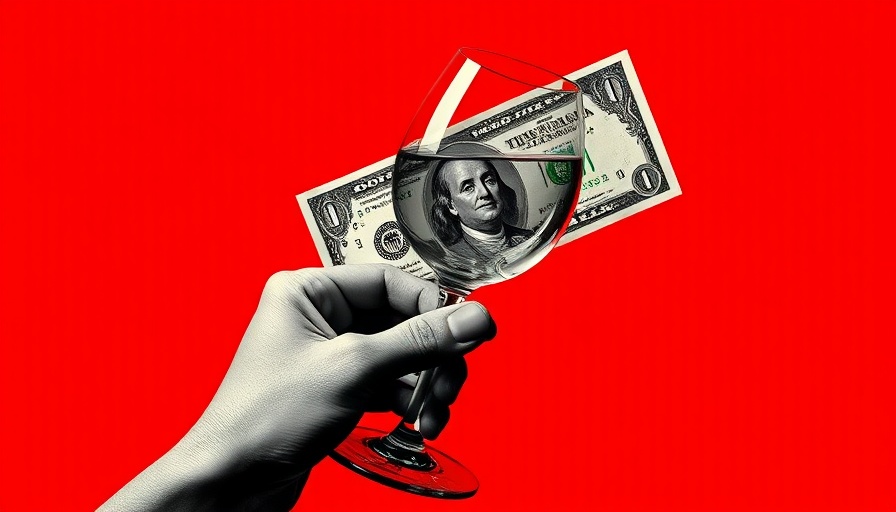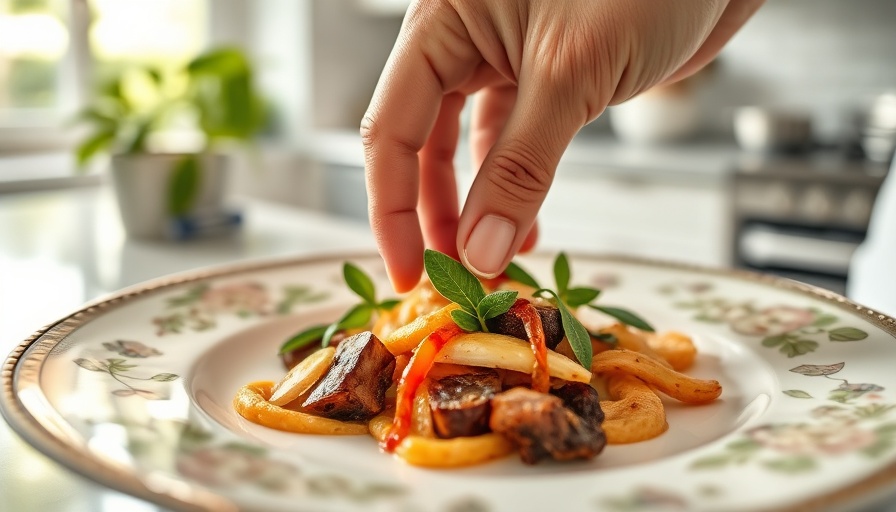
The Rising Tides of Tariffs: A Closer Look
In a world where borders appear to grow tighter, the question lingers: how are tariffs reshaping the food and beverage landscape? Recently, President Trump’s substantial threats to impose tariffs on foreign imports have sent waves throughout various industries, notably the wine and spirits sector. This impending shift isn't just an economic maneuver; it’s an invitation to examine the cultural dynamics in food and beverage consumption across the globe.
What Are Tariffs and Why Should You Care?
At their core, tariffs are taxes on imported goods. While meant to safeguard local businesses by making foreign products pricier, they can also significantly affect consumers. Imagine enjoying a beautifully crafted French wine or a smooth Canadian whisky only to find its price dramatically increased due to a tariff. This isn’t just about higher prices at checkout; it reflects a broader narrative impacting local economies.
Historical Context: How Prohibition Continues to Influence Pricing
The United States has a unique relationship with alcoholic beverages, rooted deeply in its legislative history. Following the repeal of Prohibition in 1933, a regulatory structure known as the three-tier system was established, which complicates the sales and distribution of alcoholic drinks. Producers do not directly sell to consumers but must navigate through layers of distributors and importers. With tariffs, these layers create more challenges, often resulting in consumers bearing the brunt of increased costs.
Broader Implications of Tariffs on Consumers
Rising prices due to tariffs can lead to more significant economic consequences than initially meets the eye. American consumers imported around $10 billion in spirits in 2023 alone. If enjoyed by increasing costs, these beverages shift from affordable luxuries to extravagant splurges. Furthermore, family-owned businesses across the supply chain feel the pressure, as their profit margins compress and operational costs swell.
Bracing for Economic Ripple Effects
Every bottle of imported wine or spirits that Americans enjoy supports a host of jobs—from producers and importers to retailers and restaurateurs. The prospect of higher tariffs pushes these entities into a corner, risking job cuts and leaner operations. As tariffs loom, it’s crucial to recognize that every sip carries the weight of a more extensive economic predicament that could ripple through communities nationwide.
Foreign vs. Domestic: The Costs of Choice
For the discerning global nomad, the evolving tariff landscape complicates the once-simple pleasure of exploring different cultures through their beverages. With increased costs on foreign options, one might wonder if choosing domestic products is the better option. While supporting local producers is essential, it’s crucial to appreciate the artistry behind global beverages, which tell the story of heritage and identity.
The Future of Alcohol Consumption in the Wake of Tariff Changes
Predicting the next steps in this evolving narrative is complex. Tariffs signify a shift—an ultimatum rather than a choice. As consumers, how we choose to engage with the beverage market will shape its direction for years to come. Will we opt for domestic beverages out of necessity, or will we continue to seek the diverse flavors of the world? Each choice we make today will shape the landscapes of tomorrow’s markets.
In Conclusion: Staying Informed in a Changing Landscape
As global citizens, it’s essential to remain engaged with how tariff threats unfold and their implications on our beloved food and drink culture. The balance of supporting local while cherishing global connections lies in our hands. By remaining informed, we can navigate these changes and continue to explore the richness of our diverse culinary landscape.
 Add Row
Add Row  Add
Add 




Write A Comment